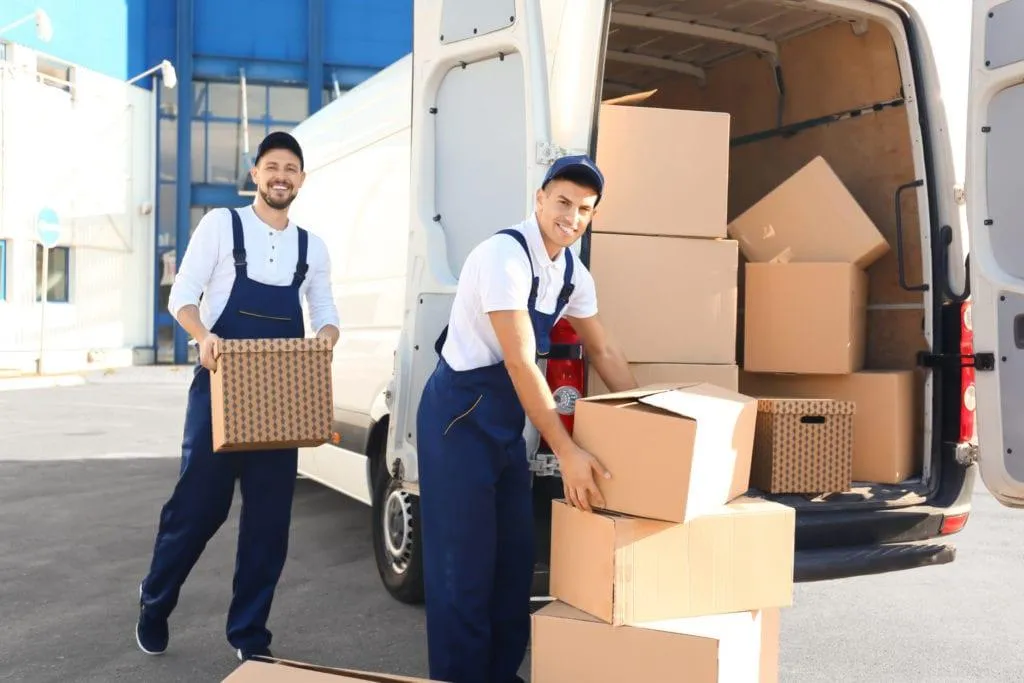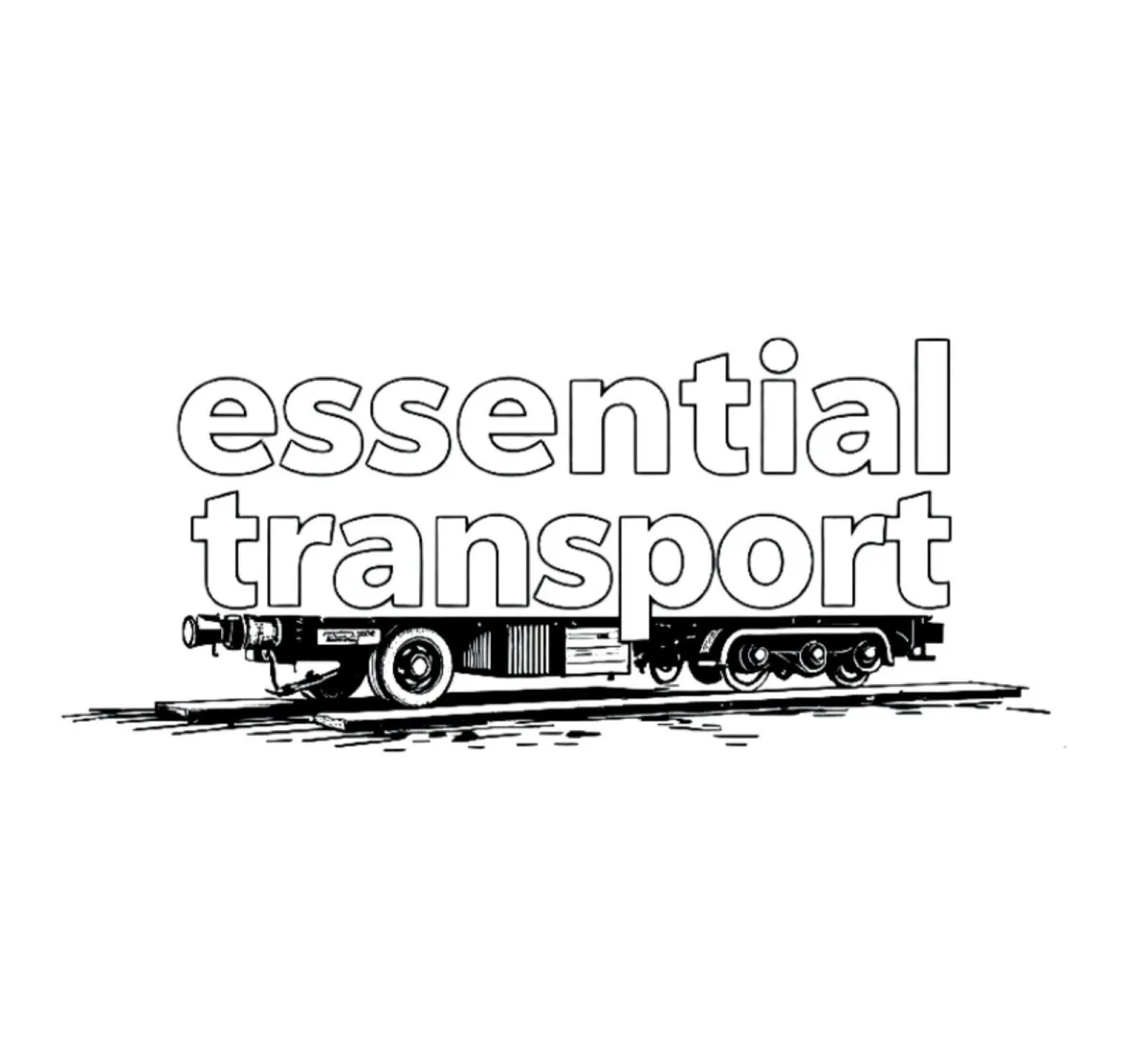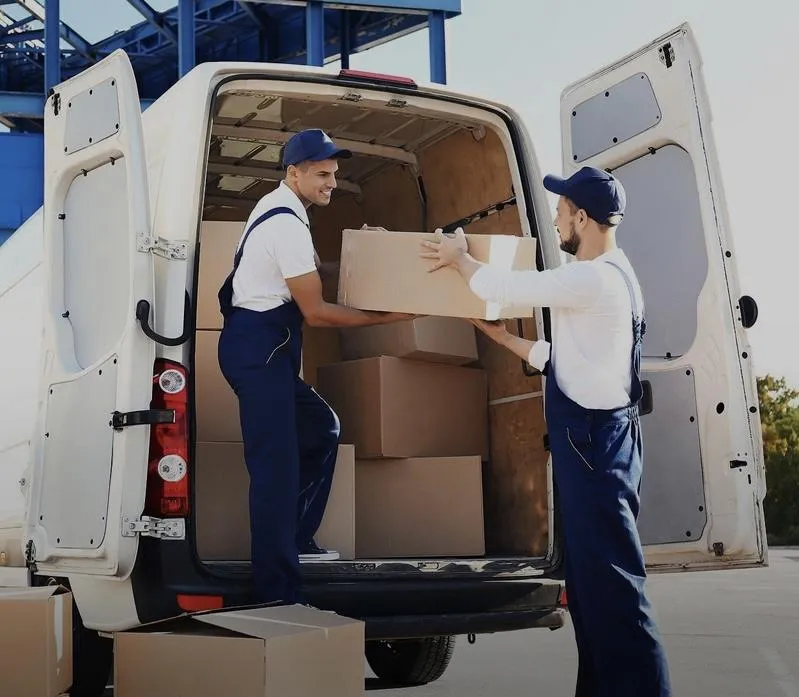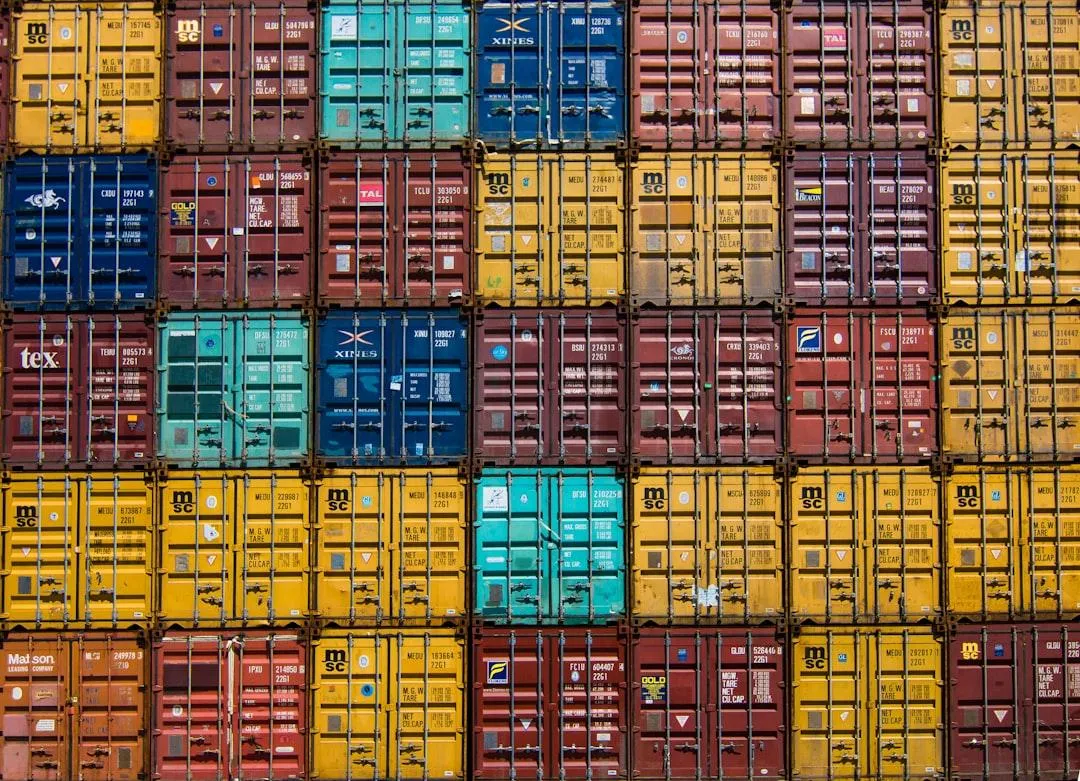Smoove Move Courier
SMÜVguard® Coverage Eligible
★ ★ ★ ★ ★
Rates Include:Courier/Transport
$2.49
Smoove Move Mover
SMÜVguard® Coverage Eligible
★ ★ ★ ★ ★
Rates Include:Load/Unload
$149.00
Smoove Move Logistics
SMÜVguard® Coverage Eligible
★ ★ ★ ★ ★
Rates Include:Logistic/Operation
$999.00
Sort & Filter

Smoove Move Courier
SMÜVguard® Coverage Eligible
★ ★ ★ ★ ★
Rates Include:
Courier/Transport
Price quote:
mil
$2.15

Smoove Move Mover
SMÜVguard® Coverage Eligible
★ ★ ★ ★ ★
Rates Include:
Load/Unload
Price quote:
USD
$150.00

Smoove Move Logistic
SMÜVguard® Coverage Eligible
★ ★ ★ ★ ★
Rates Include:
Logistic/Operation
Price quote:
USD
$999.00

EasyNest
SMÜVguard® Coverage Eligible
★ ★ ★ ★ ★
Rates Include:
Load/Unload
Price quote:
USD
$149.98

True Path America
SMÜVguard® Coverage Eligible
★ ★ ★ ★ ★
Rates Include:
Load/Unload
Price quote:
$169.98
USD

Essential Transport
SMÜVguard® Coverage Eligible
★ ★ ★ ★ ★
Rates Include:
Load/Unload
Price quote:
$199.98
USD
Smoove Move Courier
★ ★ ★ ★ ★
Safeguard® Coverage Eligible
Price varies on selected coverage
Your Quote Includes:
4hrs / 2hrs / 1hr / ASAP
(regular business days)
Courier/Transport

$2.75/mil
Smoove Move Mover
★ ★ ★ ★ ★
Safeguard® Coverage Eligible
Price varies on selected coverage
Your Quote Includes:
2 Person Crew,
2 Hours of Help
Load/Unload

$75.00/hr
Smoove Move Logistic
★ ★ ★ ★ ★
Safeguard® Coverage Eligible
Price varies on selected coverage
Your Quote Includes:
Logistic/Operation

$13,999.00

Smoove Move Movers
SMÜVguard® Coverage Eligible
★ ★ ★ ★ ★
Rates Include:
Load/Unload
Price quote:
$219.98
USD
EasyNest
★ ★ ★ ★ ★
Safeguard® Coverage Eligible
Price varies on selected coverage
Your Quote Includes:
2 Person Crew,
2 Hours of Help
Load/Unload

$74.99/hr
True Path America
★ ★ ★ ★ ★
Safeguard® Coverage Eligible
Price varies on selected coverage
Your Quote Includes:
2 Person Crew,
2 Hours of Help
Load/Unload

$84.99/hr
Essential Transport
★ ★ ★ ★ ★
Safeguard® Coverage Eligible
Price varies on selected coverage
Your Quote Includes:
2 Person Crew,
2 Hours of Help
Load/Unload

$99.99/hr
Smoove Move Movers
★ ★ ★ ★ ★
Safeguard® Coverage Eligible
Price varies on selected coverage
Your Quote Includes:
2 Person Crew,
2 Hours of Help
Load/Unload

$109.99/hr

The Future Is Mobile: On-Demand Logistics and the New Standard for Fast Delivery
The Future Is Mobile: On-Demand Logistics and the New Standard for Fast Delivery
It’s hard to imagine a package arriving at your door without a few taps on your phone. Mobile technology is now at the heart of logistics, letting both companies and customers track deliveries, change schedules, and solve problems right from their devices. On-demand solutions—driven by easy-to-use apps and real-time alerts—are stepping up to match the demand for faster, more reliable shipping.
What was once a slow, paper-heavy process is now quick, transparent, and personalized. The new wave of mobile-powered logistics isn’t just about speed; it’s also unlocking smarter routes, real-time inventory checks, and instant customer support. These changes are reshaping how goods move, making same-day delivery and flexible drop-offs not just possible—but expected.
The Evolution of On-Demand Logistics Through Mobile Innovation
Mobile apps have transformed how packages move, from warehouses to doorsteps. Customers today expect updates by the minute and quick, convenient services. That pressure has sparked a mobile revolution in logistics, pushing the old ways aside. Every stage of delivery is now wrapped around a smartphone—from planning routes to updating customers in real time. Here’s how this shift unfolded and the forces driving it forward.
From Traditional Logistics to Mobile-First Operations

Photo by Norma Mortenson
Traditional logistics used to be paperwork-heavy, with phone calls, faxes, and manual logging. Operations relied on fixed schedules that left little room for last-minute changes. If a driver got delayed, customers rarely knew until it was too late.
Now, mobile-first operations run the show. Here’s how the evolution played out:
Early 2000s: Fleet tracking tools began popping up, relying on GPS hardware in trucks.
2010s: Smartphones entered the scene, enabling drivers to use simple apps for navigation and updates. Companies tested pilot programs for app-based proof-of-delivery and digital logs.
Today: Mobile apps connect drivers, managers, and customers instantly. Inventory, routing, and customer service now happen in real time, not hours or days later. Over 70% of logistics companies have adopted mobile apps into daily routines, according to industry research (source).
Smartphones and tablets replaced the clipboard, bringing every stage of a shipment into one digital ecosystem. That means businesses respond faster to changes and deliver a better experience for their customers. Platforms that started with basic tracking now offer powerful features like predictive delivery times, automated scheduling, and instant customer feedback (see more).
Key Drivers Behind Mobile Adoption in Logistics
The race toward mobile integration is picking up speed for a few big reasons:
Real-Time Tracking: People want to know exactly where their package is, not just a vague window. Real-time notifications through mobile apps provide confidence and cut down on support calls. Tools like smart sensors and GPS give an up-to-the-minute snapshot of every shipment’s location (as explained here).
Demand for Faster Deliveries: Shopping habits have changed. Next-day—and even same-day—delivery is now the norm for many. On-demand logistics services use mobile platforms to quickly match vehicles with packages, finding the fastest route every time (details from ShipBob).
Operational Efficiency: Mobile apps reduce mistakes caused by paperwork and manual entry. Digital logs, barcode scanning, and live updates keep everyone in sync. Teams can spot problems early and shift resources in real time, making operations smoother and less costly (industry case study).
These drivers build trust with customers and free up businesses to grow. When mobile tech is at the core of logistics, both companies and customers win: shipments arrive on time, info is always current, and everyday hassles fade away.
Transformative Impacts of Mobile Technology on the Logistics Industry
Mobile technology has become the backbone of modern logistics, pushing boundaries that once felt unbreakable. Instead of stacks of paperwork and guesswork, companies now use smartphones and apps to track, plan, and deliver with remarkable speed and precision. Each tap on a mobile device streamlines jobs that used to slow people down, from drivers on the road to managers coordinating routes. Let’s look closer at the direct impacts of mobile tools—on efficiency, customer happiness, and decision-making power.
Enhancing Operational Efficiency

Photo by Norma Mortenson
Mobile technology helps logistics teams do more with less. Features such as real-time GPS tracking and route optimization give dispatchers a live map of every truck or van. If traffic snarls turn up, drivers can reroute in seconds instead of waiting for instructions.
GPS tracking: See exactly where each vehicle is at any moment.
Route optimization: Apps suggest the fastest path, saving gas, time, and money.
Digital proof of delivery: No more paper signatures or lost receipts—drivers snap a photo or collect a digital signature, and delivery is logged instantly (details on workflow optimization).
These tools cut down paperwork and mistakes, speed up deliveries, and control fuel costs. When operations run smoothly, logistics firms avoid delays and run fewer empty trucks, which boosts the bottom line (see more on transformation).
Improving Customer Experience
Mobile apps have raised expectations for full transparency. Waiting all day for a package window is out; minute-by-minute updates and map-based tracking are in.
Instant notifications: Customers get alerts when packages are out for delivery or delayed.
Real-time tracking: You can watch your shipment move through the city streets, just like tracking a friend on a rideshare app.
Accurate deliveries: Drivers and customers can communicate directly, so packages rarely end up with the wrong neighbor (insights on experience upgrades).
People now expect a smooth, predictable process from checkout to doorstep. When companies offer features like these, they win trust and keep shoppers coming back (see how technology enhances retail delivery).
Enabling Data-Driven Decision Making
Behind every click and delivery, mobile devices gather loads of data. This isn’t just tracking where a truck is—apps, sensors, and the Internet of Things (IoT) collect info on temperature, traffic, fuel use, and more.
Analytics: Managers spot patterns—for example, which routes are always slow or which drivers need extra support (see data analytics in action).
IoT integration: Smart sensors in vehicles and warehouses feed live updates into management apps (more on IoT in logistics).
Instant data collection: Companies adjust schedules, fix problems early, and plan smarter for the future.
This on-the-go data means decisions are made with facts, not hunches. Leaders set better goals and respond to issues before they grow, making mobile tech a key part of every winning logistics strategy.

The Future Is Mobile: On-Demand Logistics and the New Standard for Fast Delivery
The Future Is Mobile: On-Demand Logistics and the New Standard for Fast Delivery
It’s hard to imagine a package arriving at your door without a few taps on your phone. Mobile technology is now at the heart of logistics, letting both companies and customers track deliveries, change schedules, and solve problems right from their devices. On-demand solutions—driven by easy-to-use apps and real-time alerts—are stepping up to match the demand for faster, more reliable shipping.
What was once a slow, paper-heavy process is now quick, transparent, and personalized. The new wave of mobile-powered logistics isn’t just about speed; it’s also unlocking smarter routes, real-time inventory checks, and instant customer support. These changes are reshaping how goods move, making same-day delivery and flexible drop-offs not just possible—but expected.
The Evolution of On-Demand Logistics Through Mobile Innovation
Mobile apps have transformed how packages move, from warehouses to doorsteps. Customers today expect updates by the minute and quick, convenient services. That pressure has sparked a mobile revolution in logistics, pushing the old ways aside. Every stage of delivery is now wrapped around a smartphone—from planning routes to updating customers in real time. Here’s how this shift unfolded and the forces driving it forward.
From Traditional Logistics to Mobile-First Operations

Photo by Norma Mortenson
Traditional logistics used to be paperwork-heavy, with phone calls, faxes, and manual logging. Operations relied on fixed schedules that left little room for last-minute changes. If a driver got delayed, customers rarely knew until it was too late.
Now, mobile-first operations run the show. Here’s how the evolution played out:
Early 2000s: Fleet tracking tools began popping up, relying on GPS hardware in trucks.
2010s: Smartphones entered the scene, enabling drivers to use simple apps for navigation and updates. Companies tested pilot programs for app-based proof-of-delivery and digital logs.
Today: Mobile apps connect drivers, managers, and customers instantly. Inventory, routing, and customer service now happen in real time, not hours or days later. Over 70% of logistics companies have adopted mobile apps into daily routines, according to industry research (source).
Smartphones and tablets replaced the clipboard, bringing every stage of a shipment into one digital ecosystem. That means businesses respond faster to changes and deliver a better experience for their customers. Platforms that started with basic tracking now offer powerful features like predictive delivery times, automated scheduling, and instant customer feedback (see more).
Key Drivers Behind Mobile Adoption in Logistics
The race toward mobile integration is picking up speed for a few big reasons:
Real-Time Tracking: People want to know exactly where their package is, not just a vague window. Real-time notifications through mobile apps provide confidence and cut down on support calls. Tools like smart sensors and GPS give an up-to-the-minute snapshot of every shipment’s location (as explained here).
Demand for Faster Deliveries: Shopping habits have changed. Next-day—and even same-day—delivery is now the norm for many. On-demand logistics services use mobile platforms to quickly match vehicles with packages, finding the fastest route every time (details from ShipBob).
Operational Efficiency: Mobile apps reduce mistakes caused by paperwork and manual entry. Digital logs, barcode scanning, and live updates keep everyone in sync. Teams can spot problems early and shift resources in real time, making operations smoother and less costly (industry case study).
These drivers build trust with customers and free up businesses to grow. When mobile tech is at the core of logistics, both companies and customers win: shipments arrive on time, info is always current, and everyday hassles fade away.
Transformative Impacts of Mobile Technology on the Logistics Industry
Mobile technology has become the backbone of modern logistics, pushing boundaries that once felt unbreakable. Instead of stacks of paperwork and guesswork, companies now use smartphones and apps to track, plan, and deliver with remarkable speed and precision. Each tap on a mobile device streamlines jobs that used to slow people down, from drivers on the road to managers coordinating routes. Let’s look closer at the direct impacts of mobile tools—on efficiency, customer happiness, and decision-making power.
Enhancing Operational Efficiency

Photo by Norma Mortenson
Mobile technology helps logistics teams do more with less. Features such as real-time GPS tracking and route optimization give dispatchers a live map of every truck or van. If traffic snarls turn up, drivers can reroute in seconds instead of waiting for instructions.
GPS tracking: See exactly where each vehicle is at any moment.
Route optimization: Apps suggest the fastest path, saving gas, time, and money.
Digital proof of delivery: No more paper signatures or lost receipts—drivers snap a photo or collect a digital signature, and delivery is logged instantly (details on workflow optimization).
These tools cut down paperwork and mistakes, speed up deliveries, and control fuel costs. When operations run smoothly, logistics firms avoid delays and run fewer empty trucks, which boosts the bottom line (see more on transformation).
Improving Customer Experience
Mobile apps have raised expectations for full transparency. Waiting all day for a package window is out; minute-by-minute updates and map-based tracking are in.
Instant notifications: Customers get alerts when packages are out for delivery or delayed.
Real-time tracking: You can watch your shipment move through the city streets, just like tracking a friend on a rideshare app.
Accurate deliveries: Drivers and customers can communicate directly, so packages rarely end up with the wrong neighbor (insights on experience upgrades).
People now expect a smooth, predictable process from checkout to doorstep. When companies offer features like these, they win trust and keep shoppers coming back (see how technology enhances retail delivery).
Enabling Data-Driven Decision Making
Behind every click and delivery, mobile devices gather loads of data. This isn’t just tracking where a truck is—apps, sensors, and the Internet of Things (IoT) collect info on temperature, traffic, fuel use, and more.
Analytics: Managers spot patterns—for example, which routes are always slow or which drivers need extra support (see data analytics in action).
IoT integration: Smart sensors in vehicles and warehouses feed live updates into management apps (more on IoT in logistics).
Instant data collection: Companies adjust schedules, fix problems early, and plan smarter for the future.
This on-the-go data means decisions are made with facts, not hunches. Leaders set better goals and respond to issues before they grow, making mobile tech a key part of every winning logistics strategy.